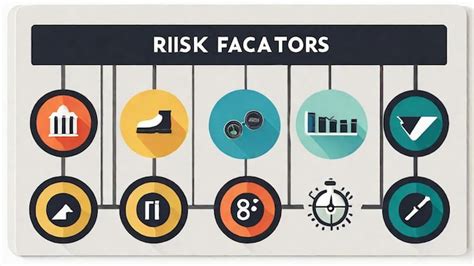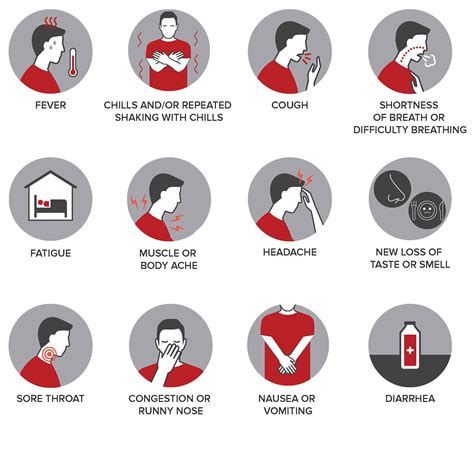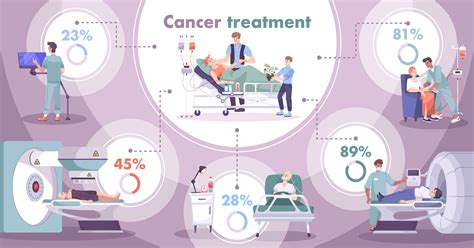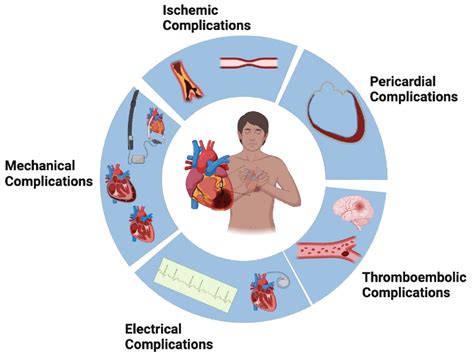Intro
Discover effective Candida diaper rash treatment options, including natural remedies and antifungal creams, to soothe yeast infections and promote healthy skin in babies, relieving symptoms of fungal diaper rash.
Candida diaper rash is a common and frustrating condition that affects many infants and toddlers. It is caused by an overgrowth of the Candida fungus, which thrives in warm, moist environments, making the diaper area an ideal breeding ground. This type of rash can be painful and uncomfortable for the child, and if left untreated, can lead to more severe complications. As a parent, it is essential to recognize the signs and symptoms of Candida diaper rash and to understand the various treatment options available.
Candida diaper rash is characterized by a bright red, shiny, and tender rash that may be accompanied by small, pus-filled bumps or blisters. The rash can spread to the genital area, thighs, and buttocks, and may be accompanied by a strong, foul odor. In severe cases, the rash can become infected, leading to fever, irritability, and difficulty sleeping. It is crucial to seek medical attention if the rash persists or worsens despite treatment.
The importance of prompt and effective treatment cannot be overstated. Untreated Candida diaper rash can lead to more severe complications, such as skin infections, sepsis, and even life-threatening conditions. Moreover, the discomfort and pain associated with the rash can affect the child's overall well-being, leading to irritability, difficulty sleeping, and feeding problems. As a parent, it is essential to be proactive in recognizing the signs and symptoms of Candida diaper rash and to seek medical attention if the rash persists or worsens despite treatment.
Causes and Risk Factors

- Prolonged exposure to urine and feces
- Tight-fitting diapers
- Antibiotic use
- Weakened immune system
- Poor hygiene
- Skin irritation or allergic reactions
Understanding the causes and risk factors of Candida diaper rash is essential in preventing and treating the condition. By recognizing the signs and symptoms of the rash and taking proactive steps to prevent its occurrence, parents can help reduce the risk of complications and promote healthy skin.
Symptoms and Diagnosis

- Bright red, shiny, and tender rash
- Small, pus-filled bumps or blisters
- Strong, foul odor
- Irritability and discomfort
- Difficulty sleeping and feeding
Diagnosing Candida diaper rash typically involves a physical examination and a review of the child's medical history. The healthcare provider may also perform a fungal culture or a skin scraping to confirm the presence of the Candida fungus.
Treatment Options
Candida diaper rash can be treated with a combination of topical and oral medications, as well as lifestyle changes. Topical medications, such as antifungal creams and ointments, can help to reduce the growth of the Candida fungus and alleviate symptoms. Oral medications, such as antifungal tablets or liquids, may be prescribed in severe cases or if the rash persists despite topical treatment.Treatment and Management

- Keeping the diaper area clean and dry
- Changing diapers frequently
- Using breathable diapers and clothing
- Applying topical antifungal medications
- Using oral antifungal medications if necessary
- Avoiding irritants and allergens
It is essential to work closely with a healthcare provider to develop a treatment plan that is tailored to the child's specific needs. With prompt and effective treatment, most cases of Candida diaper rash can be resolved within a few days to a week.
Home Remedies and Prevention
Several home remedies and prevention strategies can help to reduce the risk of Candida diaper rash and promote healthy skin. These include:- Using coconut oil or olive oil to moisturize and protect the skin
- Applying a thin layer of petroleum jelly or zinc oxide cream to protect the skin
- Using a diaper cream or ointment that contains antifungal properties
- Avoiding harsh soaps and cleansers
- Keeping the diaper area clean and dry
Complications and Prevention

Preventing Candida diaper rash requires a proactive approach that includes:
- Keeping the diaper area clean and dry
- Changing diapers frequently
- Using breathable diapers and clothing
- Avoiding irritants and allergens
- Using antifungal medications if necessary
By understanding the causes and risk factors of Candida diaper rash and taking proactive steps to prevent its occurrence, parents can help reduce the risk of complications and promote healthy skin.
Conclusion and Next Steps

If you suspect that your child has Candida diaper rash, it is essential to seek medical attention. A healthcare provider can diagnose the condition and develop a treatment plan that is tailored to the child's specific needs. With the right treatment and prevention strategies, parents can help reduce the risk of complications and promote healthy skin.
We invite you to share your experiences and questions about Candida diaper rash in the comments section below. Your feedback and insights can help other parents who may be struggling with this condition.
What are the common causes of Candida diaper rash?
+Candida diaper rash is caused by an overgrowth of the Candida fungus, which is normally present on the skin. Prolonged exposure to urine and feces, tight-fitting diapers, antibiotic use, weakened immune system, poor hygiene, and skin irritation or allergic reactions can increase the risk of developing Candida diaper rash.
How can I prevent Candida diaper rash?
+Preventing Candida diaper rash requires a proactive approach that includes keeping the diaper area clean and dry, changing diapers frequently, using breathable diapers and clothing, avoiding irritants and allergens, and using antifungal medications if necessary.
What are the symptoms of Candida diaper rash?
+The symptoms of Candida diaper rash can vary in severity and may include bright red, shiny, and tender rash, small, pus-filled bumps or blisters, strong, foul odor, irritability and discomfort, and difficulty sleeping and feeding.
